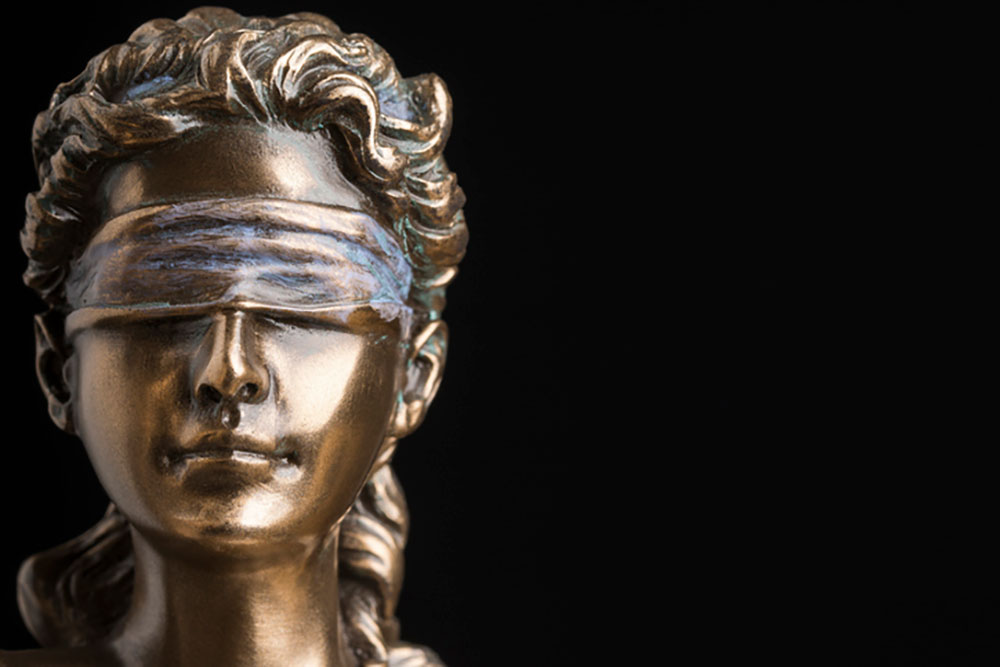
iStock
By Valerie Monroe
If you’re interested in feeling happier about your appearance—especially as you age—you might like reading what she has to say about it. For more of her philosophical and practical advice, subscribe for free to How Not to F*ck Up Your Face at valeriemonroe.substack.com.

Can’t get enough Valerie Monroe? There’s more at https://valeriemonroe.substack.com.
SOME MONTHS BACK, I was staring out the window at another bleak, dank winter morning, struggling to imagine what might be a sunny first post for the year 2022, when—surprise!—a trio of emails from excellent readers fluttered into my inbox.
Susan B. asked about a solution for dry feet and cracked heels, a problem from which I suffer year-round, so the idea immediately appealed. But the first post for a new year? It felt slightly . . . pedestrian. So, not today but soon.
Susan M. asked, “What do you eat?” This question fascinates me, but I doubt the answer fascinates anyone else. (Anyway, my three-word response: Lots of arugula.) I think there is a helpful post exploring the connection between what you graze on and the condition of your hide. So that, too, coming soon.
The question that brightened the day came from the excellent reader (and writer) Betsy C., author of this novel (among others) and this lovely memoir.
She wrote: Recently, I came upon a Nora Ephron essay, “My Aruba,” about the slightly bald spot [from a cowlick] lots of women have on the back of their heads. She names it Aruba after the windy island whose trees sometimes blow sideways (when the wind blows hair sideways, Aruba is revealed). Any thoughts about what to do if Aruba makes a landing on your head?
Yes! Aruba! Sunny! First, if you haven’t read the essay, you can find it in Ephron’s collection I Remember Nothing, which I hope you will read if you haven’t already (and read again, if you already have). You can also read the essay here. It’s short. So was Ephron’s life, a situation I bet a lot of you are as mournful about as I am. Well, we’ll always have . . . Aruba, and Heartburn, and so much more.
As to the problematic spot you can’t see on the back of your head. In “My Aruba”Ephron says she believes her bald spot gives her age away: “ . . . what is true is that I am older than I look and my Aruba is a sign . . . ” She claims she didn’t have one when she was younger. I feel confident telling you—because she can no longer defend herself—that Ephron probably did have that cowlick when she was younger, but didn’t notice it because her hair was thicker, or longer, or she was focused on other, more forward-facing issues.
Cowlicks are actually fascinating. Some people spend their whole lives studying hair whorls, producing invaluable information about neurological conditions major and minor, from cowlicks’ relation to right or left handedness (90% of righties have a clockwise rotation; lefties are more likely to go counterclockwise) to gender identification to inflammatory dermatological diseases. From one study in the Journal of Pediatrics: Scalp hair patterning is determined at 10 to 16 weeks of fetal life and is secondary to the growth and shape of tissues which underlie the fetal skin, especially the brain. Thus aberrant scalp hair patterning may be utilized as a clinical indicator of aberrant growth and/or shape of the early fetal brain . . .
And you thought all you had was an aesthetic hiccup! The way your hair grows in is similar to the way—just to get really random—a mollusk grows its shell; the patterning is set by certain cells in the organism’s neurological system. I mean, the miracle of it all!
If you’re wondering, as I was, why the whorls are called cowlicks, it’s because (according to various Wikipedia sources) they’re named for the swirling pattern that appears on a calf when its mother licks it. Almost every human has a cowlick—they’re not prone to appear on one gender more than another. They’re genetic, so if your parents had one or two, you’re likely to as well.
Now, what to do about the baldish spot your parents lovingly bequeathed you? I have one right where, if I were a puppet, there’d be a string on my crown pulling me up. When my hair stylist blows out my hair, he pulls it very tight in the opposite direction of how the hair grows (overdirecting, it’s called), which not only hides the cowlick, but also gives me volume where I like it most. Thing is, that solution doesn’t last for more than the time I’m hanging around the house. As soon as I venture out, the slightest breeze flips the hair back into the Aruba position (let’s call it “Ephron’s Complaint”).
To help mitigate this affair, use a pomade on the roots, lightly applied to damp hair before blowing it out (again, in the opposite direction the cowlick grows). (NB: I haven’t tried this product, because I don’t use any product in my hair—subject for another post—but beauty people seem to like the OUAI brand.) Obviously, if you’re lucky enough to spend considerable time on your back, your Aruba will be more noticeable when you arise and will require more fussing with. The best advice I can offer is to be aware of it; to groom the back of your head with the same attention you groom the front; and to never ever leave the house without running a comb through it (for some reason, I find a fancy comb makes me feel rich). Then, try to forget about it. Confession: I’m not successful at this. I’m constantly running my fingers over my cowlick to hide it. Such is the power of self-conscious conditioning.
A few other suggestions I personally don’t find helpful but you might: Pull your hair into a ponytail, making sure to first comb through the cowlick; grow your hair long, so the weight of your hair pulls the cowlick hair down; cut your hair very short into a style in which the hair sticks up all over your head (leaning waaay into the cowlick); or wear a great hat, like this simple, chic one.
Or better yet, in honor of Ephron, we could make a commitment to have each other’s backs, literally. She wrote: “ . . . now that I have come up with the term, I would appreciate your telling me whenever I have an Aruba. Because then I can fix it. Temporarily, anyway.”
In other words, Sisters, if you see something, say something.
Arrruba!
MyLittleBird often includes links to products we write about. Our editorial choices are made independently; nonetheless, a purchase made through such a link can sometimes result in MyLittleBird receiving a commission on the sale, whether through a retailer, an online store or Amazon.com.
